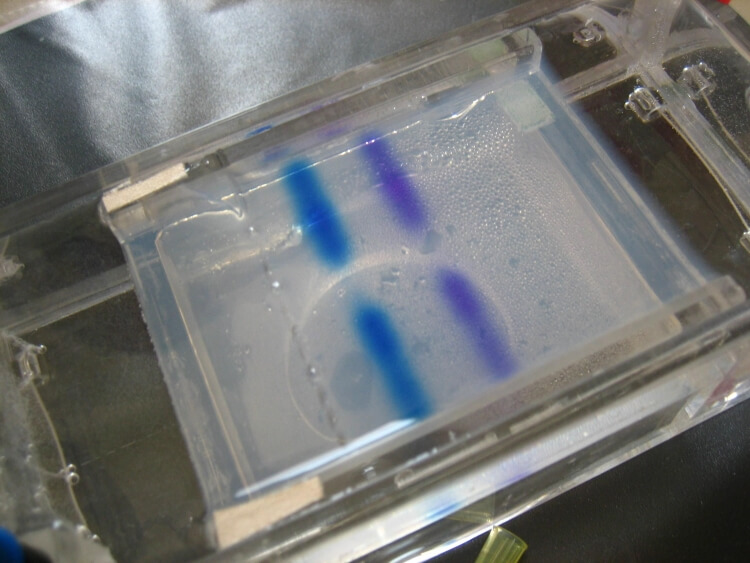1956
Human Epidermal Growth Factor Receptor (EGFR) ELISA Kit
Human Epidermal Growth Factor Receptor (EGFR) ELISA Kit
P00533
31pg/mL
sandwich
12 months
78.125-5000pg/mL
Homo sapiens human
ELISA Enzyme-linked immunosorbent assays Code 90320007 SNOMED
serum, plasma, tissue homogenates and other biological fluids.
This product is available in other size, contact us for more information
ErbB-1,ErbB1,ER1,ERB-B1,MENA,HER1,Erythroblastic Leukemia Viral(v-Erb-B)oncogene Homolog,Avian,Proto-oncogene c-ErbB-1,Receptor tyrosine-protein kinase erbB-1
E05 478 566 350 170 or Enzyme-Linked Immunosorbent Assays,E05 478 566 350 170 or Enzyme-Linked Immunosorbent Assays,Human proteins, cDNA and human recombinants are used in human reactive ELISA kits and to produce anti-human mono and polyclonal antibodies. Modern humans (Homo sapiens, primarily ssp. Homo sapiens sapiens). Depending on the epitopes used human ELISA kits can be cross reactive to many other species. Mainly analyzed are human serum, plasma, urine, saliva, human cell culture supernatants and biological samples.
Aplha, transcription related growth factors and stimulating factors or repressing nuclear factors are complex subunits of proteins involved in cell differentiation. Complex subunit associated factors are involved in hybridoma growth, Eosinohils, eritroid proliferation and derived from promotor binding stimulating subunits on the DNA binding complex. NFKB 105 subunit for example is a polypetide gene enhancer of genes in B cells.The receptors are ligand binding factors of type 1, 2 or 3 and protein-molecules that receive chemical-signals from outside a cell. When such chemical-signals couple or bind to a receptor, they cause some form of cellular/tissue-response, e.g. a change in the electrical-activity of a cell. In this sense, am olfactory receptor is a protein-molecule that recognizes and responds to endogenous-chemical signals, chemokinesor cytokines e.g. an acetylcholine-receptor recognizes and responds to its endogenous-ligand, acetylcholine. However, sometimes in pharmacology, the term is also used to include other proteins that are drug-targets, such as enzymes, transporters and ion-channels.
